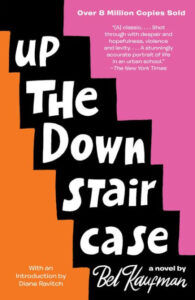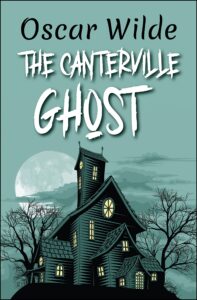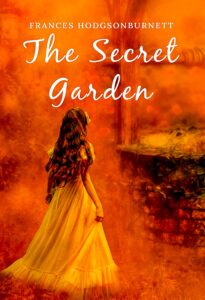by Michael Kimmel

Synopsis — Liberal sociologist Kimmel analyzes the phenomenon of America’s “angry white men.” He attributes most of this troublesome development to the decline of their privilege and the emergence of what he calls “aggrieved entitlement.”
It’s a tall order to write a short review of a book dealing with such a complex issue, so I’m summarizing my impressions:
The Bad
The book, published in 2013, is badly outdated. Not Kimmel’s fault, of course. But it was written before the election of Trump, before the emergence of workplace “equity,” before transgender women dominating women’s sports, etcetera. Some of Kimmel’s 2013 conclusions suffer when viewed from the perspective of today’s political climate.
The author tries to have it both ways. Kimmel insists that he can empathize with so-called angry white men because he himself shared — in some cases still does — many of their views. He then spends the rest of his book debunking (almost) all those views.
The lumping-together effect. There isn’t much of an attempt to distinguish the typical, disgruntled conservative male from far-right extremists. My impression is that Kimmel considers them all a “problem” to be solved.
Tens of millions of white men voted for Donald Trump. Does anyone believe that they are all Ku Klux Klan wannabes? Much of this book deals with fringe-group animosity; not enough with regular men. What many ordinary men crave isn’t entitlement; it’s respect.
Language tricks. In a discussion of domestic violence, Kimmel criticizes a researcher who is “careful even to put the word [battered] in quotations when discussing men but not when discussing women.” That’s a grammatical trick that Kimmel himself is not above using. Often.
Also, in his “explanations” of angry males’ complaints (see what I did there?), he invalidates those complaints by using words like “claim,” or “allege.” For example, men don’t simply “say” they suffer discrimination in family courts; they “allege” or “claim” discrimination. In other words, what they are saying is questionable — at best.
To give the appearance of fairness, concede a point or two, generally minor, to the angry white men. But immediately follow up with your contention that any possible legitimate complaint is vastly outweighed by the societal privilege that white men enjoy (or enjoyed).
The Good
A funny thing happens about two-thirds into the book, in a chapter titled “Mad Men.” Kimmel briefly suspends his use of the annoying term “aggrieved entitlement” (i.e., so many societal ills could be remedied if these spoiled men would simply eat some humble pie and adjust to their new reality) and acknowledges that many of their complaints are (gasp!), in fact justified. In short, Kimmel appears to finally “get it.”
The book’s final chapters. Rather than tribes fighting each other over economic crumbs, the “angry white men” need to join forces with women and minorities to demand change. They share a common enemy: the economic elite. Angry White Men would have been a more convincing book if Kimmel had stuck with this theme.
© 2010-2024 grouchyeditor.com (text only)










